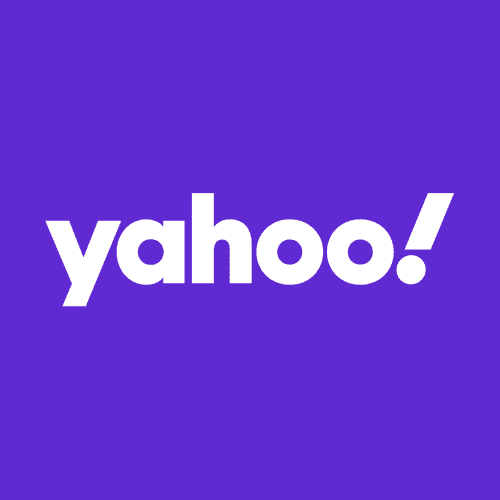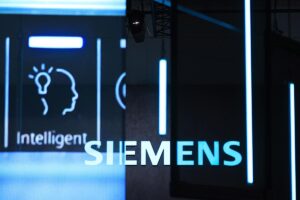
STOCKHOLM/HELSINKI, Sept 14 (Reuters) – U.S. satellite TV provider Dish Network, racing to build a 5G network in the United States by 2023, has turned to Finland’s Nokia to supply 5G core software.
Dish is building its network ground up and has so far chosen non-traditional telecoms vendors and a new technology called Open Radio Access Network (RAN) that uses software to run network functions on the cloud, reducing the use of physical equipment.
The agreement with Nokia marks Dish’s first deal with a traditional telecoms equipment supplier.
Dish, which is sitting on an unused wireless spectrum portfolio worth $20 billion, is working with Fujitsu, Nvidia, Altiostar and Mavenir to supply various parts of the network.
Nokia has distanced itself from other telecoms equipment firms by being a vocal supporter of Open RAN and had earlier partnered with Japan’s Rakuten – the first firm to use an Open RAN-based network – in deploying its 4G network.
Dish’s network will have a much larger footprint than Rakuten’s.
As part of the deal, Nokia will offer subscriber data management, device management and integration services, among others, the companies said in a joint statement.
A core network is where the most critical controls are located and the sensitive information is stored, while the peripheral radio network is typically larger and includes masts, antennas and other passive equipment.
After China’s Huawei was banned from U.S. telecom networks, Nokia and Ericsson are dominating the race for 5G deployment in the country, with Samsung slowly catching up. (Reporting by Supantha Mukherjee in Stockholm and Anne Kauranen in Helsinki; Editing by Mark Potter)







